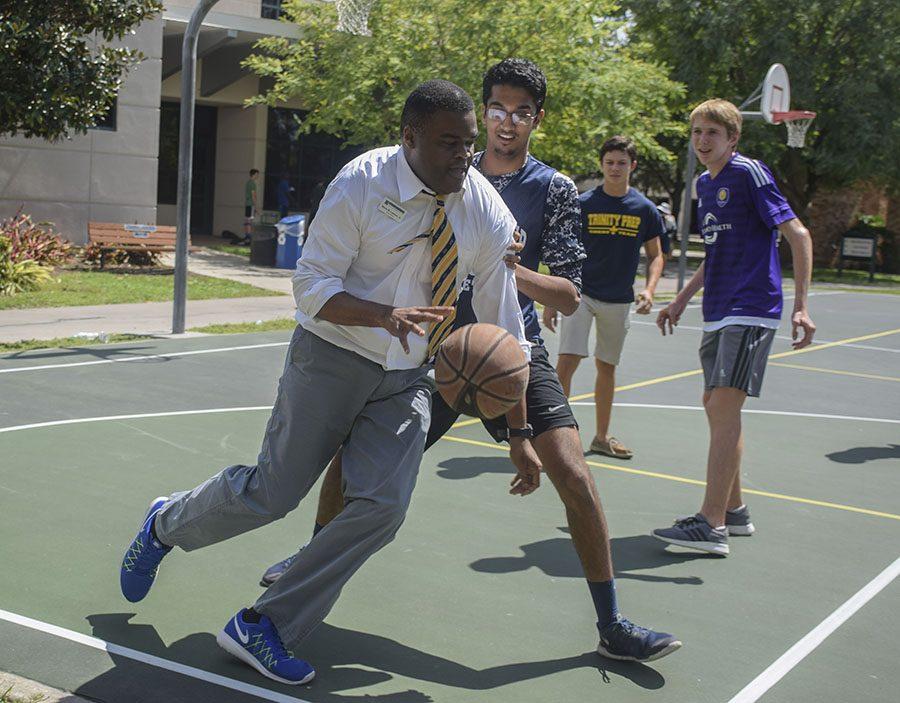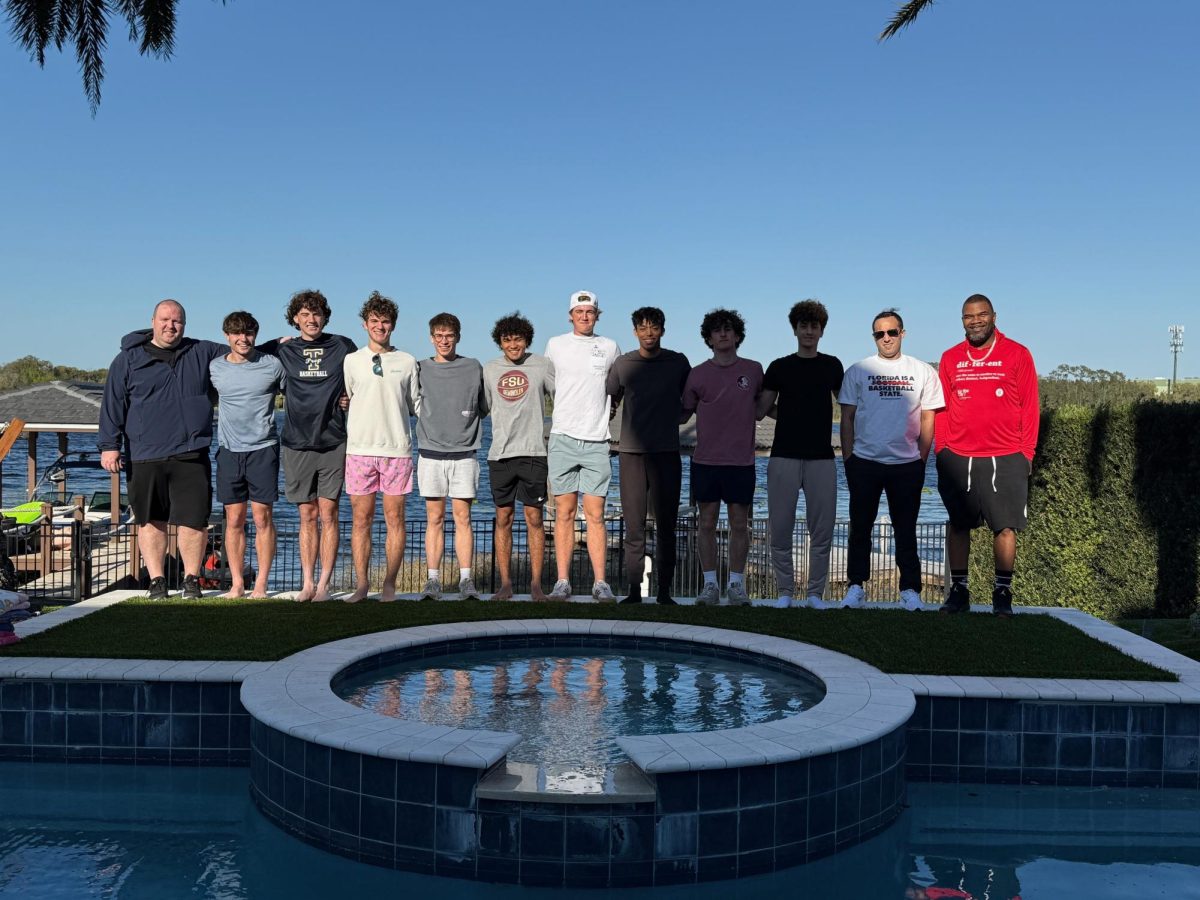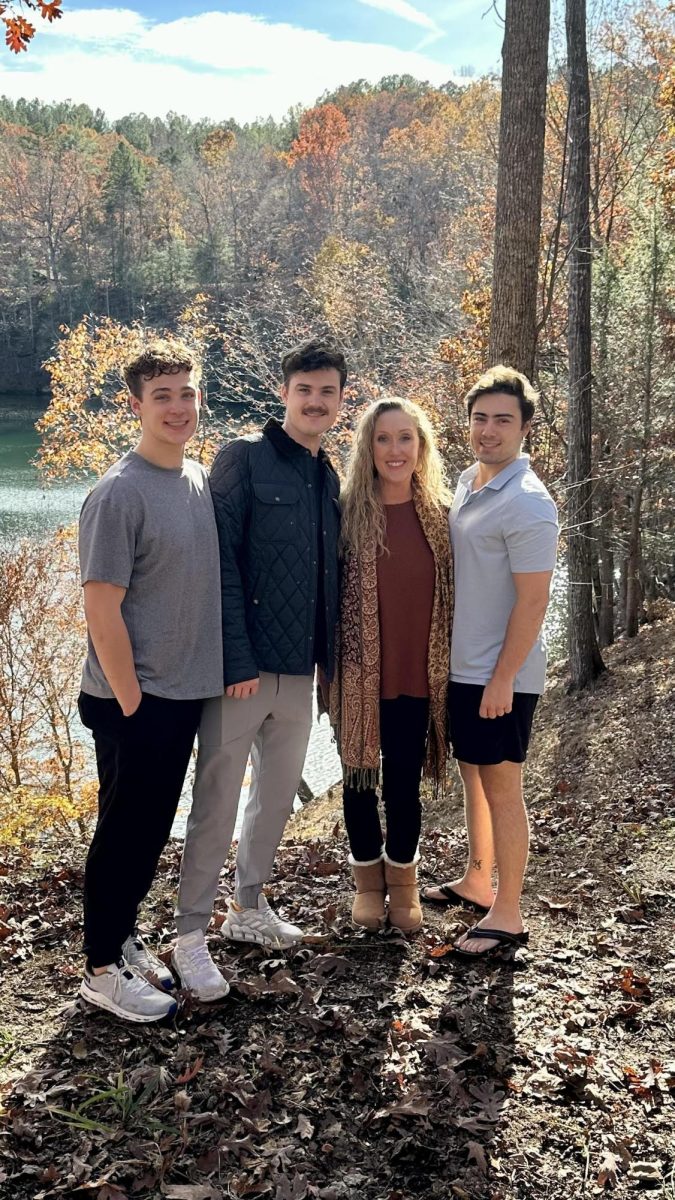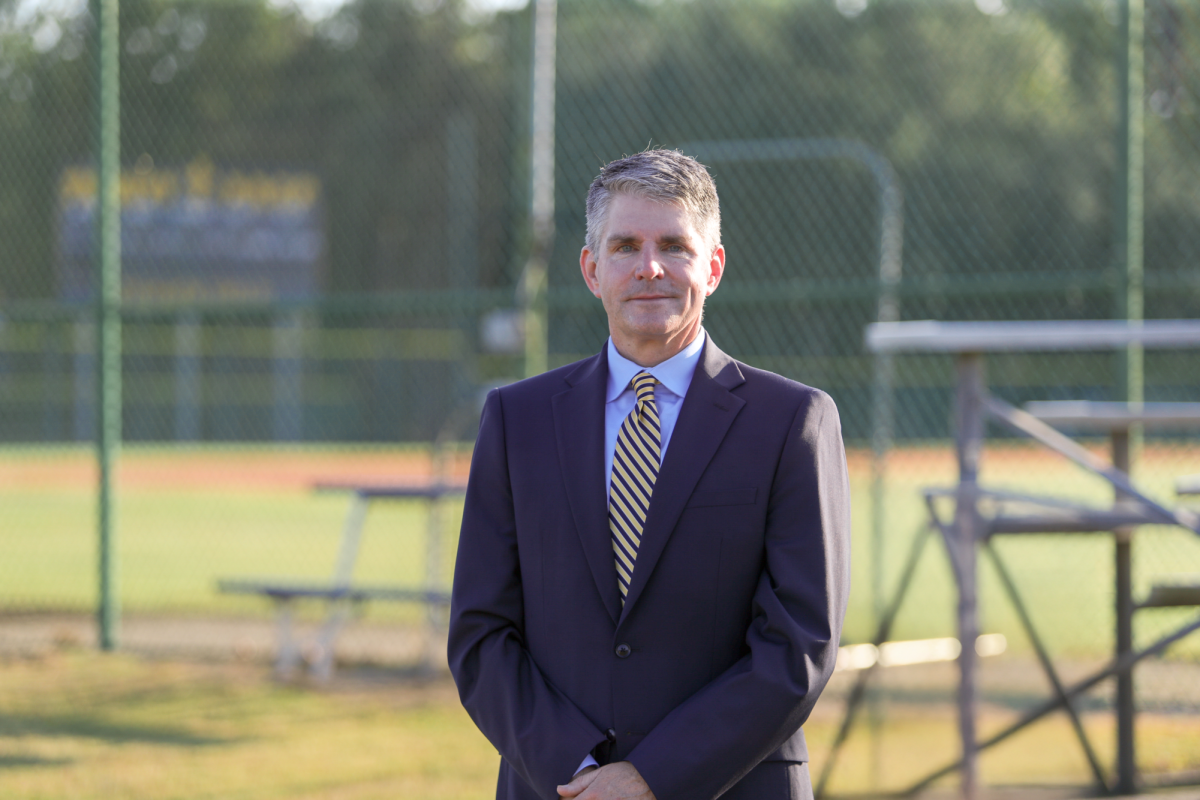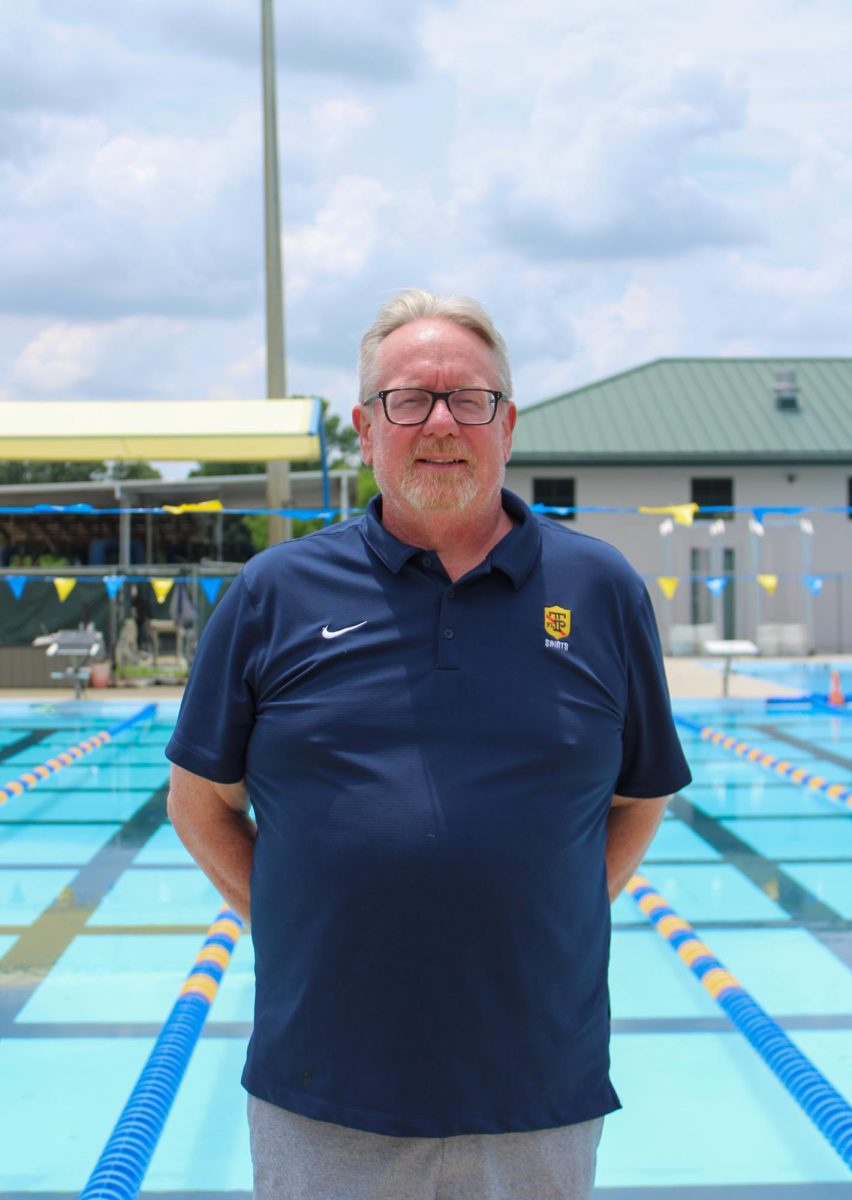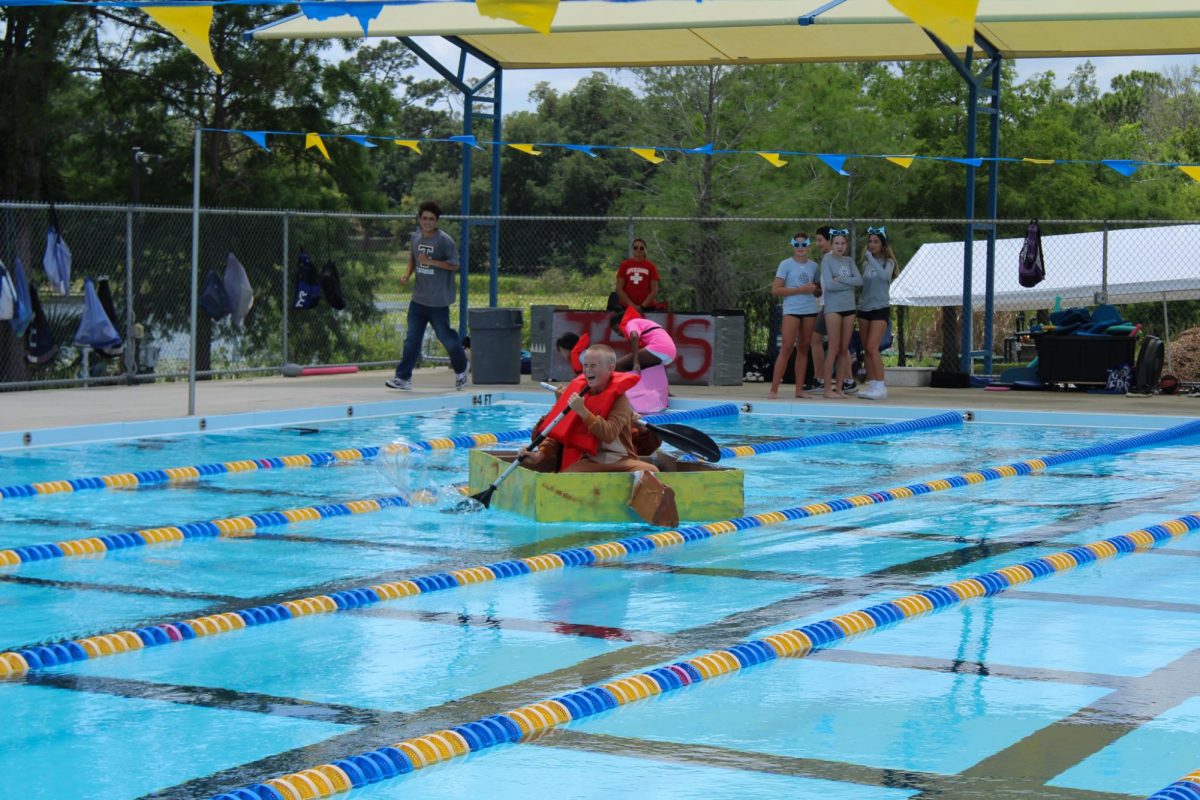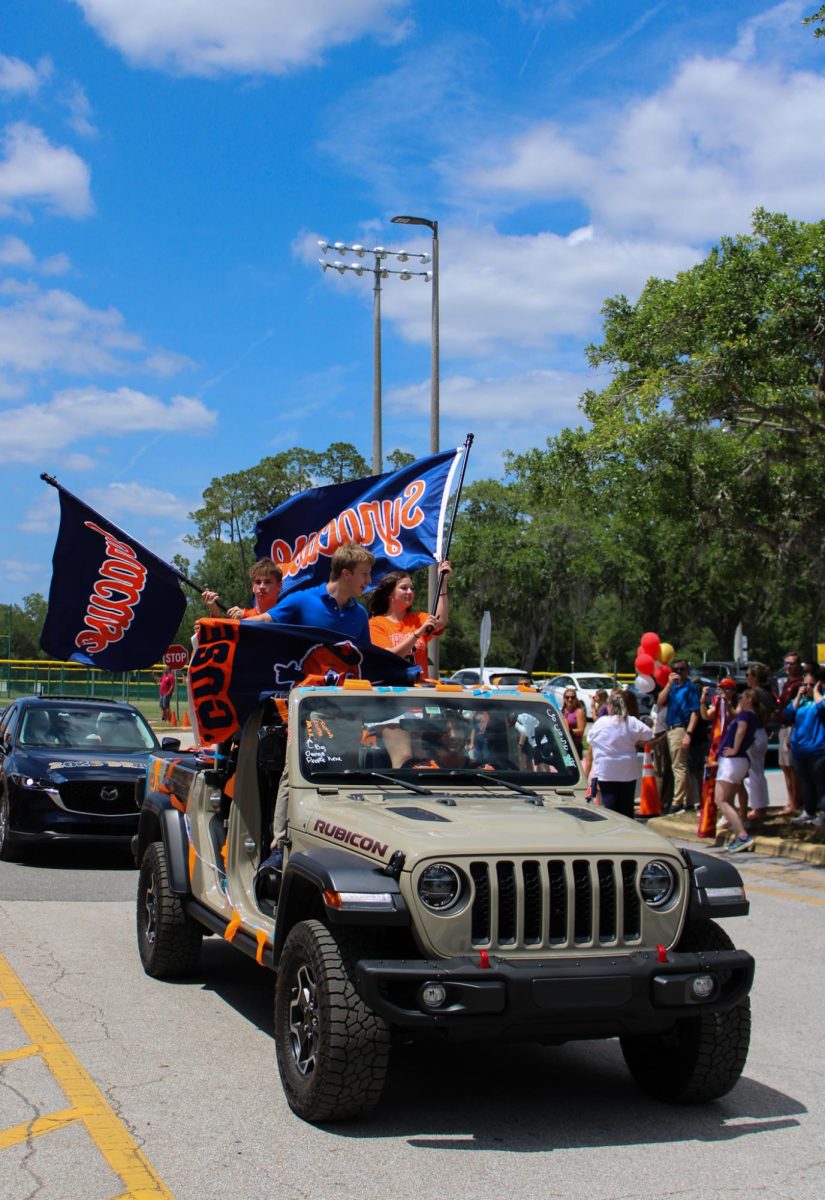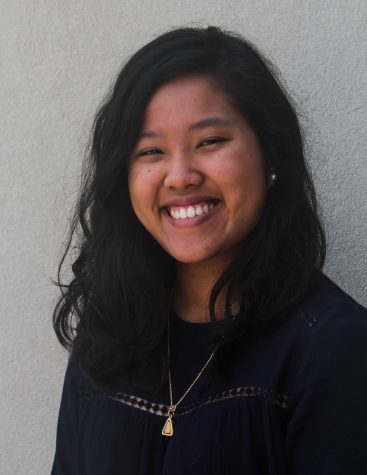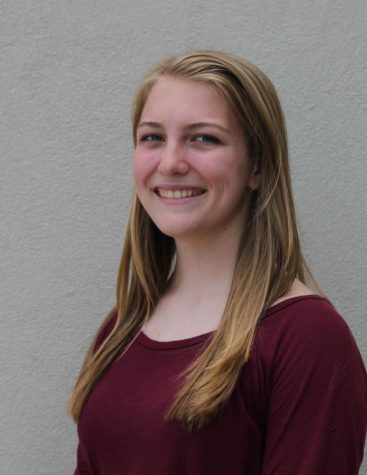As teachers, faculty and staff open the doors for a new school year, there is one new member of the community with a particular kind of enthusiasm. New Head of School Byron Lawson is beginning his first year on a new campus and could not be more excited.
“The reception has been overwhelming,” Lawson said. “I’ve talked to other heads of school, and they haven’t had quite this type of reception. People keep telling me, ‘Byron, this is a bit of a surprise,’ and I don’t know if that’s a good thing or a bad thing.”
Lawson said that coming into this school, he had positive impressions of the students, but with time, has realized just how the student body is.
“I knew that Trinity kids did a lot but you really do a lot,” Lawson said. “This isn’t normal—you are really really active. Right from the start of the year, you jump in and hit the gas and go.”
Lawson does wonder about how students have the mental capacity and time in their day to manage the school’s rigorous academic curriculum, sports practice, theatre rehearsal, science research and forensics tournaments all on the same plate. But the environment that the school is built upon thrives on involvement in all aspects of life: both academic and extracurricular.
Just like Lawson holds high opinions of students, their opinions of him are reciprocated.
“He’s really cool,” senior Hayley Canal said. “The first time I talked to him, he was trying to join photo club, and I thought that was great.”
Freshman Eli Finkelstein also noted that he is a fan of Lawson and thinks that he’s a good fit for the school. Finkelstein is excited to see what his leadership will unfold. To encourage a new type of learning that leans toward creativity, Lawson said that there has been discussion about creating a makerspace where students can learn how to innovate and practice engineering.
“This is a different type of academic space,” Lawson said. “To teach a kid to innovate, you have to give them room to do so. To do this, you need space to create things, to test your theories, to experiment in ways that you’re maybe not doing in [class] alone. Sometimes you need space to get things wrong, and that’s what I think could enhance the [learning] experience.”
Lawson believes in threshold learning—a type of learning where a student needs to physically apply the concept in a real-life, hands-on situation in order to fully understand it.
“You’ve never made a robot until you’ve made a robot. You’ve never made a piece of art until you’ve made a piece of art. Before you’ve made the robot, you’re not an engineer. Before you’ve made the piece of art, you’re not an artist,” Lawson said. “You have to go through that process and internalize all that learning. I want those spaces here and as many disciplines and co-disciplines as I can get.”
Lawson recalls one of his math classes in college where his professor made the students do proofs orally. The students would go into a room for three hours and were given chalk and six blackboards. It would start off as a one-on-one conversation between the student and the professor, and it would continue in that discussion-type format until the students reached a final answer.
“For a brief moment in time, I felt like a mathematician,” Lawson said.
One thing that Lawson hopes to accomplish this year is to not be seen as “the new guy” but to be held at the same level as other faculty and staff.
“I want to become part of the fabric,” Lawson said. “I want to know students and [get] students to have some idea of what I stand for.”
A piece of advice that Lawson has for students is to read a book that makes them see life in a completely different way. For him, that book is Manchild in the Promised Land.
“I could see myself [in the character] as I was reading [it],” Lawson said. “As a minority at my school, that was dramatic.”
Lawson remembers the time when he had to read Lord of the Rings for school.
“I didn’t get it,” Lawson said. “I could not get who would spend this much time making this kind of place and putting it down on paper. [Manchild in the Promised Land] just seemed much more real.”




